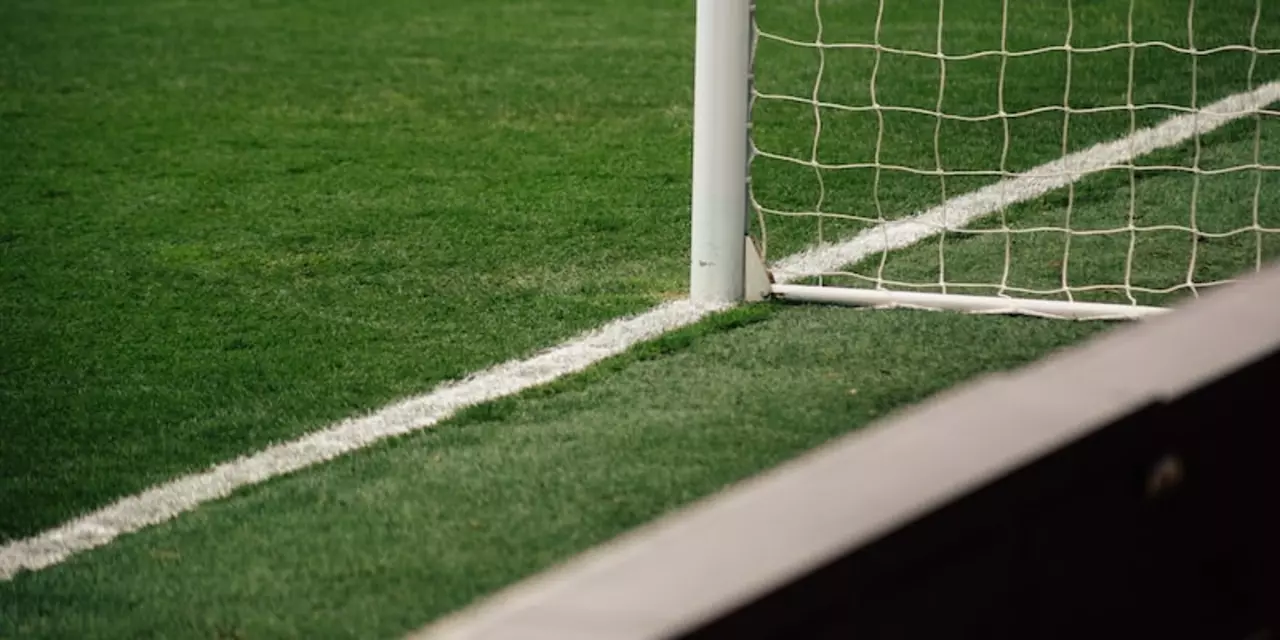Soccer League Insights: What’s Happening and Why It Matters
Whether you follow the men’s Premier League or the women’s Super League, the buzz around soccer leagues never stops. From a 5‑1 Arsenal Women win over West Ham to heated debates about one‑year contracts, there’s always something to chat about. In this guide we break down the biggest stories, explain how leagues are structured, and give you practical tips on gear and contracts so you can stay ahead of the conversation.
What Makes a Soccer League Tick?
At its core a soccer league is a schedule of matches that pits clubs against each other over a season. Points are awarded for wins and draws, and the team with the most points at the end lifts the trophy. In the Women’s Super League (WSL), clubs also battle for European spots and fight to avoid relegation. The league’s success depends on solid financial backing, clear rules, and a balanced fixture list that lets teams rest and travel reasonably.
Fans often wonder why clubs don’t sign players to short, one‑year deals. The reality is that short contracts create uncertainty for both sides. Players want security to settle in a city, learn the system and focus on the game. Clubs need longer deals to protect their investment, plan tactics and avoid a yearly scramble for talent. That’s why you’ll see most contracts run two to five years, with extensions built in.
Gear & Contracts: What Fans Should Know
Talking gear, the difference between soccer cleats and football cleats is worth noting. Soccer studs are light, evenly spaced and designed for quick changes of direction on a flat pitch. Football cleats are heavier, with varied stud patterns for tackling and burst runs on grass. Using the right pair not only boosts performance but also keeps you within league regulations – many amateur leagues ban metal cleats for safety.
Jersey fit is another hot topic. Some players swear by tight shirts, claiming they cut wind resistance and feel “slick”. Others prefer a looser fit for comfort and freedom of movement. The best approach is to try both styles during training and see which lets you play confidently. Remember, a comfortable jersey can boost confidence, which often translates to better on‑field decisions.
Lastly, keep an eye on contract news. When a club announces a new signing or a player’s contract extension, it can shift the balance of power in the league. For example, Arsenal Women’s recent six‑year deal for a star forward signals their intent to dominate the WSL for years to come. Stay updated on these moves, because they shape the storylines you’ll hear on match day.
So whether you’re a die‑hard fan, a casual viewer, or someone looking to step onto the pitch, understanding league mechanics, contract quirks, and gear choices gives you a leg up. Keep checking this page for fresh insights, and you’ll always be ready to join the conversation when the next big match kicks off.

- Feb, 17 2023
- 0 Comments
- Finnegan Callaghan
Why is the English soccer league named the Premier League?
The Premier League is the top tier of the English professional soccer league system. It was founded in 1992 and is composed of 20 teams. The Premier League is the most-watched sports league in the world and has the highest revenue of any sports league. It is contested each year as a round-robin tournament with each team playing 38 matches per season. The Premier League is the most popular professional soccer league in the world and is broadcast in 212 territories. It has become a symbol of success for the English soccer system and has helped to raise the standard of the game in England.
Read More